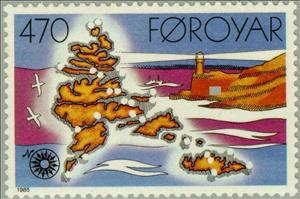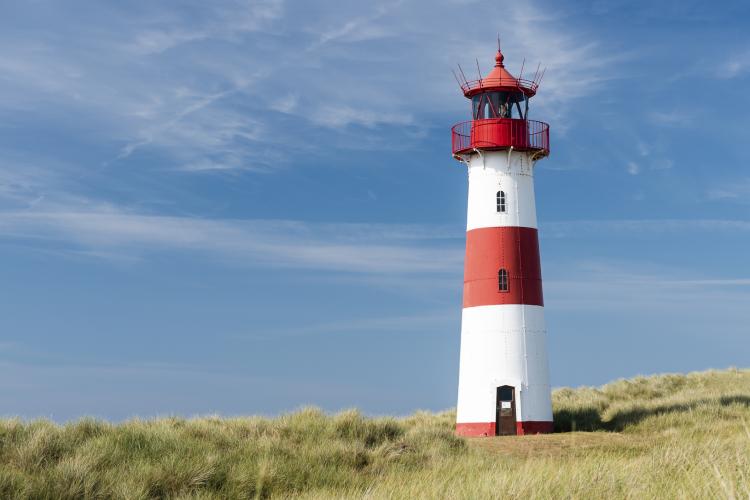Stamp: Map of locations, stylized lighthouse (Faroe Islands 1985)
Map of locations, stylized lighthouse (Faroe Islands 1985)
01 January (Faroe Islands ) within release Theme goes into circulation Stamp Map of locations, stylized lighthouse face value 470 Faroese oyra
| Stamp Map of locations, stylized lighthouse in catalogues | |
|---|---|
| Michel: | Mi:FO 124 |
Stamp is square format.
Also in the issue Theme:
- Stamp - Landscapes (painting of Edward Dayes) face value 250;
- Stamp - Landscapes (painting of Edward Dayes) face value 280;
- Stamp - Landscapes (painting of Edward Dayes) face value 550;
- Stamp - Landscapes (painting of Edward Dayes) face value 800;
- Stamp - Paintings face value 450;
- Stamp - Paintings face value 550;
- Stamp - Tórshavn lighthouse,1909 face value 320;
- Stamp - Mykines lighthouse,1909 face value 350;
- Stamp - Map of locations, stylized lighthouse face value 470;
- Stamp - Fokker Friendship face value 300;
- Stamp - Boeing 737 face value 300;
- Stamp - Interisland LM-IKB face value 300;
- Stamp - Helicopter Snipan face value 300;
Stamp Map of locations, stylized lighthouse it reflects the thematic directions:
Cartography (/kɑːrˈtɒɡrəfi/; from Ancient Greek: χάρτης chartēs, 'papyrus, sheet of paper, map'; and γράφειν graphein, 'write') is the study and practice of making and using maps. Combining science, aesthetics and technique, cartography builds on the premise that reality (or an imagined reality) can be modeled in ways that communicate spatial information effectively.
A lighthouse is a tower, building, or other type of structure designed to emit light from a system of lamps and lenses, and to serve as a navigational aid for maritime pilots at sea or on inland waterways. Lighthouses mark dangerous coastlines, hazardous shoals, reefs, and safe entries to harbors, and can assist in aerial navigation. Once widely used, the number of operational lighthouses has declined due to the expense of maintenance and use of electronic navigational systems.
A map is a symbolic depiction emphasizing relationships between elements of some space, such as objects, regions, or themes. Many maps are static, fixed to paper or some other durable medium, while others are dynamic or interactive. Although most commonly used to depict geography, maps may represent any space, real or imagined, without regard to context or scale, such as in brain mapping, DNA mapping, or computer network topology mapping. The space being mapped may be two dimensional, such as the surface of the earth, three dimensional, such as the interior of the earth, or even more abstract spaces of any dimension, such as arise in modeling phenomena having many independent variables. Although the earliest maps known are of the heavens, geographic maps of territory have a very long tradition and exist from ancient times. The word "map" comes from the medieval Latin Mappa mundi, wherein mappa meant napkin or cloth and mundi the world. Thus, "map" became the shortened term referring to a two-dimensional representation of the surface of the world.



